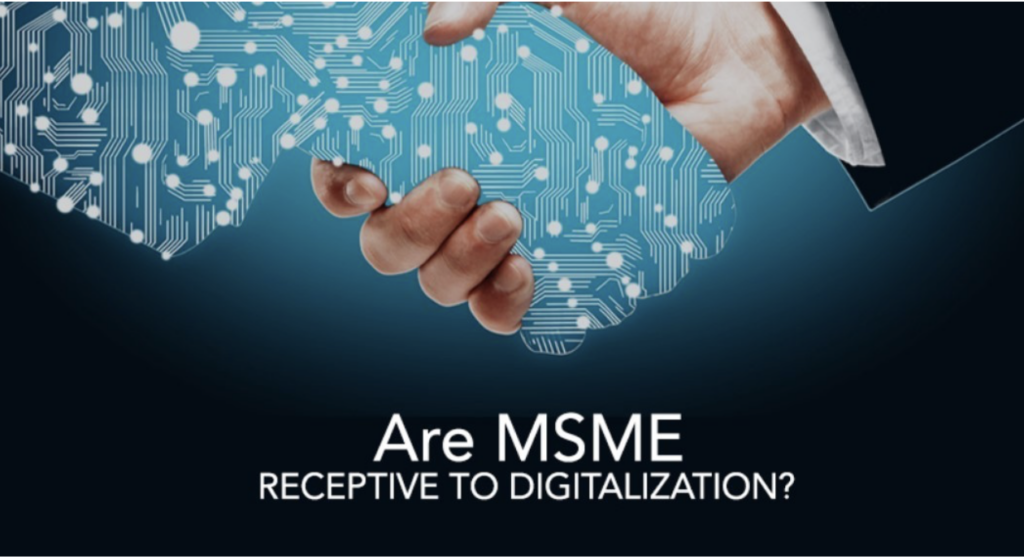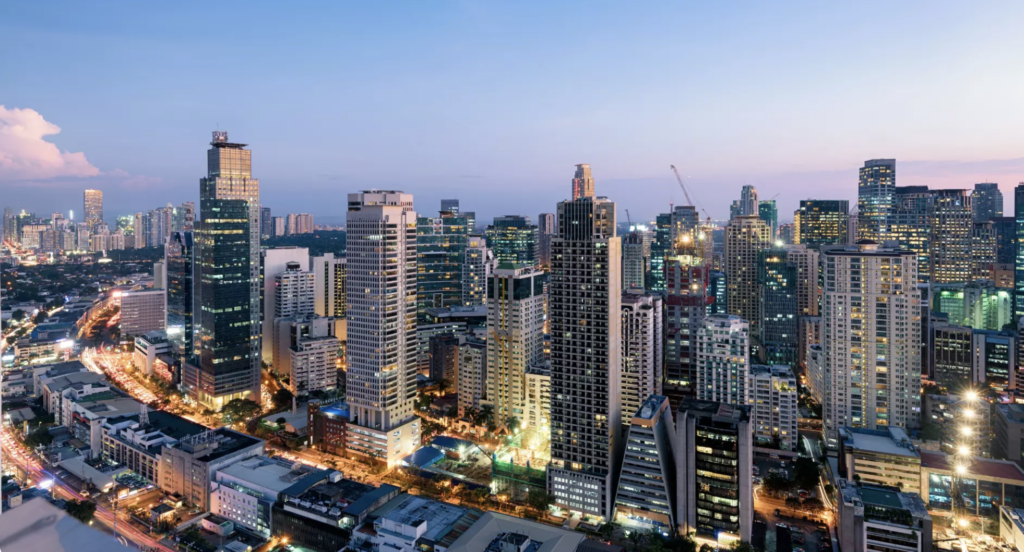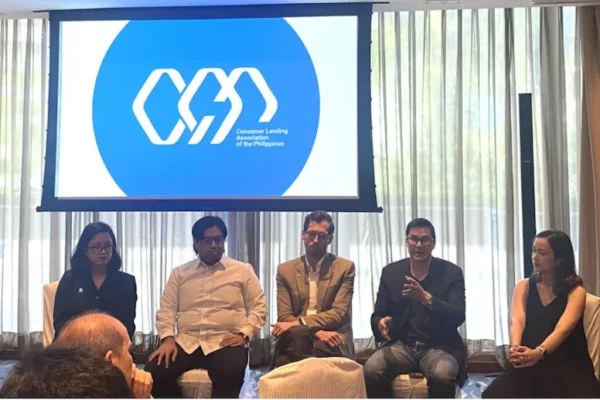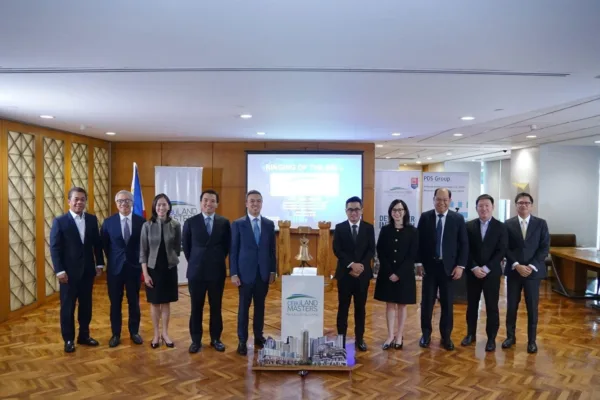Special Report by Franzel Daleon, Correspondent
Micro, Small, and Medium Enterprises (MSMEs), the backbone of the Philippine economy, are showing remarkable resilience and adaptability, poised for significant growth thanks to a potent combination of digital transformation and the rise of fintech solutions.
These enterprises, which comprise over 99.6% of all registered businesses in the country and are responsible for 65.1% of total employment across the Philippines, are not just a sector; they are the engine of the Philippine economy. While MSMEs have historically faced challenges, particularly in accessing financing, recent developments suggest a turning point.

A development plan for MSMEs
The Philippine government, through the Department of Trade and Industry (DTI), recently launched the Micro, Small, and Medium Enterprise Development Plan (MSMEDP) 2023-2028.
This plan, a comprehensive roadmap for MSME empowerment, prioritizes a digital-first ecosystem, emphasizing innovation and resilience. According to DTI Secretary Alfredo E. Pascual, the plan is a collaborative effort to empower micro, small, and medium scale enterprises, and is envisioned to ensure their continued growth and prosperity in a competitive market.
“The MSMEDP 2023-2028 is our blueprint for ensuring the success of resilient, innovative, and competitive enterprises,” stated DTI Secretary Pascual. “It will enable MSMEs to thrive in an increasingly competitive market.”
Adding further momentum, the Bangko Sentral ng Pilipinas (BSP) also took a significant step in 2024, reducing key interest rates for the first time in four years. This move is designed to improve access to credit for MSMEs, which have historically struggled with financing.
As of mid-2024, only 4.52% of bank loans were directed to this crucial sector. The BSP’s action aims to stimulate borrowing and investment, crucial for MSME growth.
Digitalization as a key driver for MSME success

The MSMEDP 2023-2028 explicitly emphasizes digitalization as a key driver of MSME success. This focus aligns with the remarkable innovations demonstrated by MSMEs during the pandemic.
Faced with unprecedented challenges, many businesses pivoted to e-commerce platforms like Lazada, Shopee, and Facebook Marketplace, expanding their market reach and adapting to changing consumer behavior. Even traditional sectors like the food industry embraced digital tools, developing delivery services and meal kits. This digital agility has become a hallmark of Philippine MSMEs.
The MSMEDP 2023-2028 explicitly emphasizes as a key driver of MSME success. This focus aligns with the remarkable innovations demonstrated by MSMEs during the pandemic. Faced with unprecedented challenges, many businesses pivoted to e-commerce platforms like Lazada, Shopee, and Facebook Marketplace, expanding their market reach and adapting to changing consumer behavior.
Even traditional sectors like the food industry embraced digital tools, developing delivery services and meal kits. This digital agility has become a hallmark of Philippine MSMEs. Take, for example, “Aling Rosa’s Kakanin,” a small family-owned business in Laguna. Faced with a decline in foot traffic during lockdowns, Aling Rosa quickly set up an online store on Facebook Marketplace, offering pre-ordered native delicacies and delivery services. Within months, her business not only survived but thrived, reaching customers beyond her local community.
The DTI is actively supporting this digital transformation through training programs and resources designed to help MSMEs adopt new technologies and sustainable practices. Furthermore, initiatives like IFEX Philippines 2025 are providing platforms for MSMEs in the food industry to showcase their products internationally, opening up new markets and opportunities.
Financial inclusion through fintech

Fintech is playing a crucial role in bridging the financing gap for MSMEs. Traditional banks often have stringent requirements that small businesses struggle to meet. Fintech companies are now stepping in with innovative solutions. Online lending platforms, for example, offer streamlined loan processes, enabling quicker access to funds.
Companies like First Circle are leveraging proprietary data from business-to-business transactions to provide tailored financial products to underbanked SMEs. There’s also AsiaLink Finance Corp., which has provided overwhelming support after revealing that a significant majority of its loan disbursements in 2024 were directed towards these vital businesses.
The BSP is also actively promoting financial inclusion through progressive legislation, including the Philippine Identification System Act and the Personal Property Security Act. These measures aim to integrate more MSMEs into the formal financial system, enabling them to fully participate in the digital economy.
New digital banking licenses issued by the BSP are also fostering competition and innovation in the financial services sector. On the other hand, the unified QR code payments infrastructure (QRPh) has further streamlined transactions, reducing costs for businesses and making digital payments more accessible.
The BSP’s Regulatory Sandbox Framework allows fintech companies to test new products in a controlled environment, fostering innovation while mitigating risks. This provides MSMEs access to cutting-edge technologies that improve their financial management capabilities.
Challenges and the road ahead
While the outlook for MSMEs is bright, challenges remain. Issues like limited internet access, particularly in rural areas, and digital literacy gaps continue to hinder widespread adoption of digital tools. Furthermore, navigating the evolving regulatory landscape can be challenging for small businesses.
Looking ahead, the convergence of government support, strategic monetary policy, dynamic digital adoption, and innovative fintech solutions promises a bright future for Philippine MSMEs. By 2030, it’s projected that over 60% of MSME transactions will be conducted digitally, driving significant economic growth and job creation.
The year 2025 and beyond will be crucial as these developments continue to unfold, shaping the landscape of Philippine business and contributing significantly to national development. Regional differences will also be seen, with Metro Manila and other urban centers leading the way with digital adoption, while more rural areas will need targeted support to bridge the digital divide.
These enterprises are not only adapting to the digital age; they are leading the charge, driving job creation and fueling the nation’s economic prosperity.







